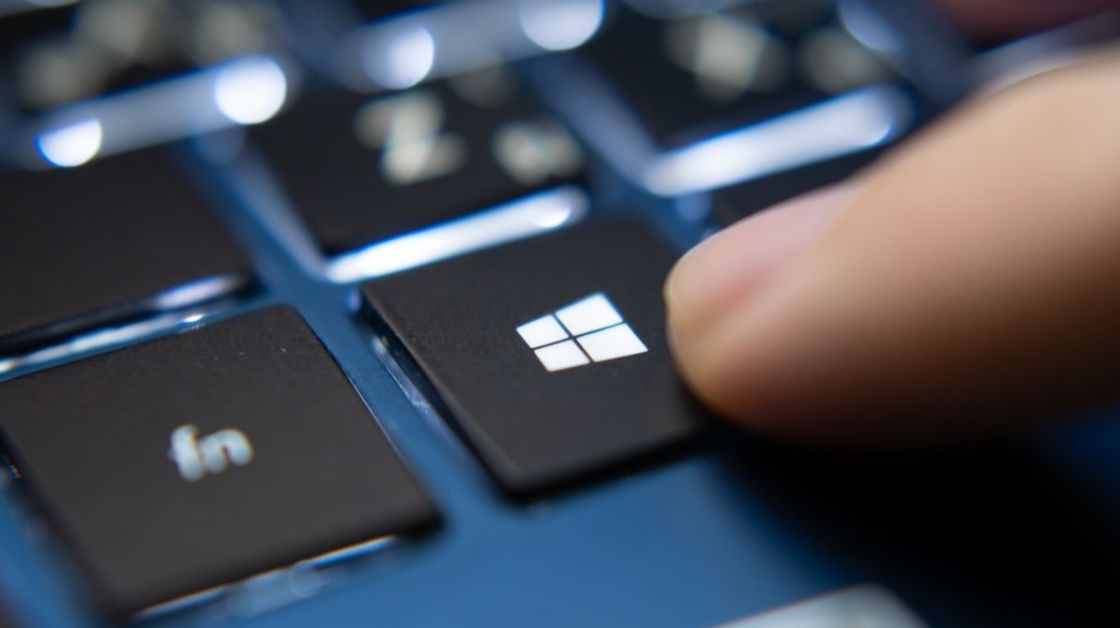
Demystifying the Windows Key on Laptops: A Comprehensive Guide
Demystifying the Windows Key on Laptops: A Comprehensive Guide
Introduction
For many laptop users, the Windows key is an essential aspect of navigating and interacting with the operating system. Yet, if you find yourself asking, “Where is the Windows key on my laptop?” you’re not alone. This comprehensive guide is designed to demystify the location of the Windows key on various laptop models, shed light on its functions, and explore the shortcuts that can enhance your overall user experience.
The Evolution of the Windows Key
Introduced in the mid-1990s, the Windows key has become a standard feature on most PC keyboards, including those integrated into laptops. Its primary purpose is to open the Start menu, providing quick access to applications, settings, and files. Over the years, the Windows key has evolved to include additional functionalities, making it a versatile tool for navigating the Windows operating system.
- Unveiling the Origins: Why Windows is Called “Windows”
- Windows Will Not Open Settings: Troubleshooting Guide
Locating the Windows Key on Different Laptop Models
1. Traditional Placement:
On many laptops, especially those following the standard keyboard layout, the Windows key is typically located between the left Ctrl and Alt keys on the bottom row. It often features the iconic Windows logo.
2. Chiclet or Island-Style Keyboards:
Laptops with chiclet or island-style keyboards may have slight variations in the key layout. However, the Windows key is commonly found in the same position, between the left Ctrl and Alt keys.
3. Compact Keyboards:
Some ultrabooks or compact laptops may have a modified keyboard layout. In such cases, the Windows key might be smaller or integrated with other keys. Look for the Windows logo, and it’s likely to be in proximity to the Ctrl and Alt keys.
4. 2-in-1 Laptops and Convertibles:
Devices that can function as both laptops and tablets, known as 2-in-1 laptops or convertibles, often have a Windows key on the screen bezel when used in tablet mode. In laptop mode, the physical Windows key is usually present on the keyboard.
5. Customized Keyboards:
Gaming laptops or laptops designed for specific purposes may have customized keyboard layouts. Despite variations, the Windows key is a standard inclusion for easy access to the Start menu.
6. Integrated into Other Keys:
On some laptops, especially those with compact designs, the Windows key may be integrated into another key. Look for a key with the Windows logo or one labeled with the abbreviation “Win.”
Windows Key Functions
Understanding the functions of the Windows key can significantly enhance your efficiency in navigating the operating system. Here are some key functions associated with the Windows key:
1. Opening the Start Menu:
Pressing the Windows key by itself opens the Start menu, providing quick access to apps, documents, and settings.
2. Windows Key Shortcuts:
Combining the Windows key with other keys creates powerful shortcuts. For example:
- Win + D: Show or hide the desktop.
- Win + E: Open File Explorer.
- Win + L: Lock the computer.
3. Context-Specific Shortcuts:
In certain applications or contexts, the Windows key may have specific functions. For instance, in combination with the Alt key, it can access the Quick Access menu in File Explorer.
4. Taskbar Navigation:
The Windows key facilitates quick navigation of the taskbar. Pressing Win + a number (e.g., Win + 1) opens or switches to the corresponding app pinned to the taskbar.
Tips for Windows Key Utilization
1. Mastering Shortcuts:
Familiarizing yourself with Windows key shortcuts can significantly improve your workflow. Whether it’s snapping windows, accessing the taskbar, or launching specific apps, shortcuts are a productivity boon.
2. Customizing Settings:
Explore the Settings app by pressing Win + I to customize your Windows experience. From personalization to system configurations, the Windows key is your gateway to a myriad of settings.
3. Task View and Virtual Desktops:
Use the Win + Tab shortcut to open Task View, allowing you to switch between open applications and create virtual desktops for better organization.
4. Search and Cortana:
Pressing the Windows key and typing initiates a powerful search function. In Windows 10 and earlier versions, this search integrates with Cortana for a more interactive experience.
Conclusion
The Windows key on your laptop is more than just a logo; it’s a gateway to a multitude of features and functions designed to streamline your computing experience. Knowing its location and mastering its various shortcuts can significantly enhance your productivity and make navigating the Windows operating system a breeze.
Whether you’re a seasoned laptop user or a newcomer to the Windows ecosystem, understanding the nuances of the Windows key opens up a world of possibilities. From quick access to the Start menu to efficient multitasking using shortcuts, the Windows key is a fundamental element in the evolution of user-friendly computing.
So, the next time you find yourself wondering, “Where is the Windows key on my laptop?” rest assured that it’s right there, ready to unlock a multitude of features and shortcuts that can transform the way you interact with your laptop and the Windows operating system.
Leave a Reply